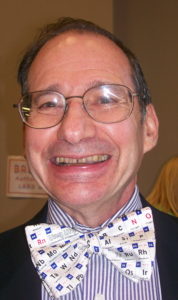

Note: All materials on this site are the copyrighted property of Alfred B. Bortz*. Individuals may print single copies of reviews or columns for their own use. For permission to publish or print multiple copies of any of the materials on this site, please contact the author by e-mail.
 A Bright Future: How Some Countries Have Solved Climate Change and the Rest Can Follow by Joshua S. Goldstein and Staffan V. Qvist (New York: Public Affairs, January 2019)
A Bright Future: How Some Countries Have Solved Climate Change and the Rest Can Follow by Joshua S. Goldstein and Staffan V. Qvist (New York: Public Affairs, January 2019)